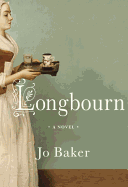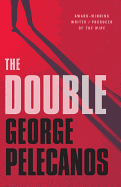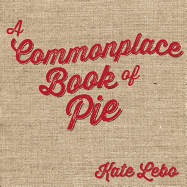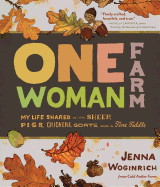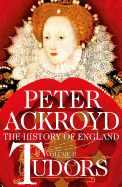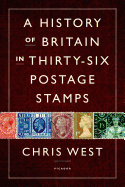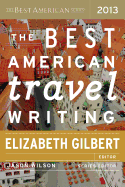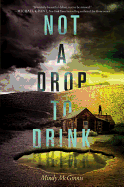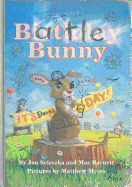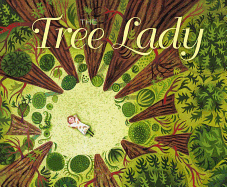 |
| photo: Imogen West |
Chris West's titles include a business guide and a quartet of crime novels. He inherited a love of history from his father and an Edwardian "Lincoln" stamp album from his great-uncle as a child. His love for stamps was revived when he found that same dust-covered album in his attic as an adult. His most recent book, A History of England in Thirty-Six Postage Stamps (see our review below), is exactly what it sounds like: a quirky, charming and often surprising history of England told using postage stamps to shape the story.
What led you to look at history through the lens of stamp collecting?
I'm not sure if it was the same in the U.S., but over in Britain in the '50s and '60s every young man collected stamps. You had a little album with a few stamps stuck in from around the world. John Lennon had one. Paul McCartney had one. You just did in those days. So I had one, and it was pretty rubbish.
Then one day I was at tea with an uncle of mine, and I mentioned that I collected stamps. He said, "I used to do that when I was a boy," and he pulled out this beautiful blue album. He then said, "You can have it." So I suddenly had this beautiful stamp album, and I became very keen on stamps. Then someone nicked half the stamps, and I lost interest.
Forty years later, after my dad passed away, I was clearing the attic out, and I came across this old canvas bag. Inside were all these stamps. My initial reaction was one of anger that someone had stolen the stamps in the first place, then I thought I'll just collect them again.
As I did, I became fascinated by these little rectangular pieces of history. They seemed to say so much about their era. I thought about the envelopes that people used to send letters to each other. What would be in those envelopes? What was life like in these days? All these sorts of questions seemed to emerge naturally. I started writing little sections in the album about the era to which a stamp belonged. And then it suddenly it turned into a book.
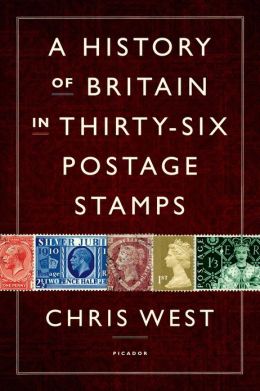 How did you choose which stamps to feature?
How did you choose which stamps to feature?
Some of them I chose because they were physically beautiful. Others seemed to tell a very apt story--the stamp that would have been used on an envelope that tells someone her son was killed in the First World War. It's not an aesthetic marvel, but the story jumps out at you. With some of the later stamps I had to look around for something appropriate for a story that I wanted to tell, like the Lloyds of London one for talking about the City and financial crash.
You're clearly fascinated by the energy and innovation of the Victorian period, but more than half the book is devoted to the years after World War II.
One of the reasons for that is there are an awful lot more stamps. The Victorians were very reticent in producing stamps. For example, there were no commemorative stamps until 1924. King George V, who was a keen stamp collector, didn't like commemorative stamps. He said they were "flashy and un-English."
I'm curious about the one stamp you chose that was neither British nor empire. Why did you choose a German stamp to illustrate the years between World War I and World War II?
Three reasons, really. One, it's a fabulous story-telling stamp. With 200 marks over-printed with two million marks, it's such a clear image of a monetary system in complete free fall.
And of course it was terribly influential in British history. It's no accident that the week hyperinflation in Germany hit its peak was the same week that Hitler launched his coup in Bavaria. Hyperinflation destroyed German culture and allowed Hitler to come to power. And therefore the world war came along. You can't say "if it hadn't been for hyperinflation there wouldn't have been Hitler," but you can jolly nearly say it.
There's another side to it as well. If you go a little bit on, into the 1970s, inflation came into Britain. If you look at the graph of the inflation, it suddenly rocketed up. I was being a bit of a novelist and foreshadowing. Like that old Chekhov thing about the gun on the wall. So the German stamp was a bit of a gun on the wall. I wanted to make the reader realize how scary that was. I remember in '73 and '74, it felt like everything was going down a black hole. I wanted to set that up. Obviously it didn't happen, but it could have done.
Do you have a favorite stamp in the book?
Aesthetically, the lovely 1953 Coronation Black with the beautiful intricate stuff in the background. Incredibly beautiful object. I think artistically that's my favorite. I think the Penny Black is a very beautiful stamp. I really like the British Empire exhibition one from 1924. It's very emblematic of its time, with its roaring lion--blowing the trumpets of an empire that was already in decline. Another one I like very much is the one with young scouts on it--the first black Briton to appear on a stamp. It sends out a very nice message about the country being inclusive and yet quite traditional as well
Actually, I like them all.
You ended the book with information about the stamps themselves. I've never collected stamps, but was drawn to that section.
All areas of human activity are interesting once somebody leads you in there and shows you what's happening. Even things that look pointless--when someone who's into it shows you round, suddenly it becomes interesting.
Do you still collect stamps?
Oh yes, definitely. There's the attraction of the aesthetic objects. And then there's history. A fascinating sense that these tiny little rectangles tell stories. Little rectangular time machines. I love that.
What's next?
I'm doing the same again with the United States of America. I'm going through your own history in the States and choosing 36 stamps which I think tell the story. I'm absolutely loving it. It's tremendous fun. --Pamela Toler, blogging at History in the Margins
Chris West: Little Rectangular Pieces of History
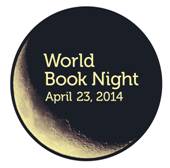 Two days ago WBN U.S. unveiled the 35 titles that book givers will be able to choose from. It's a wonderful range of titles, "the most diverse" list for WBN U.S., as executive director Carl Lennertz put it, and includes classics like Catch-22 by Joseph Heller and After the Funeral by Agatha Christie; more recent bestselling novels like Presumed Innocent by Scott Turow, Tales of the City by Armistead Maupin and Waiting to Exhale by Terry McMillan; memoirs like Kitchen Confidential by Anthony Bourdain and Wild by Cheryl Strayed; a handful of titles geared for teen readers; a graphic novel, Same Difference by Derek Kirk Kim (the first graphic novel WBN U.S. has offered); a book in Spanish and English, When I Was Puerto Rican/Cuando Era Puertorriquena by Esmeralda Santiago--and more.
Two days ago WBN U.S. unveiled the 35 titles that book givers will be able to choose from. It's a wonderful range of titles, "the most diverse" list for WBN U.S., as executive director Carl Lennertz put it, and includes classics like Catch-22 by Joseph Heller and After the Funeral by Agatha Christie; more recent bestselling novels like Presumed Innocent by Scott Turow, Tales of the City by Armistead Maupin and Waiting to Exhale by Terry McMillan; memoirs like Kitchen Confidential by Anthony Bourdain and Wild by Cheryl Strayed; a handful of titles geared for teen readers; a graphic novel, Same Difference by Derek Kirk Kim (the first graphic novel WBN U.S. has offered); a book in Spanish and English, When I Was Puerto Rican/Cuando Era Puertorriquena by Esmeralda Santiago--and more. 



 How did you choose which stamps to feature?
How did you choose which stamps to feature?